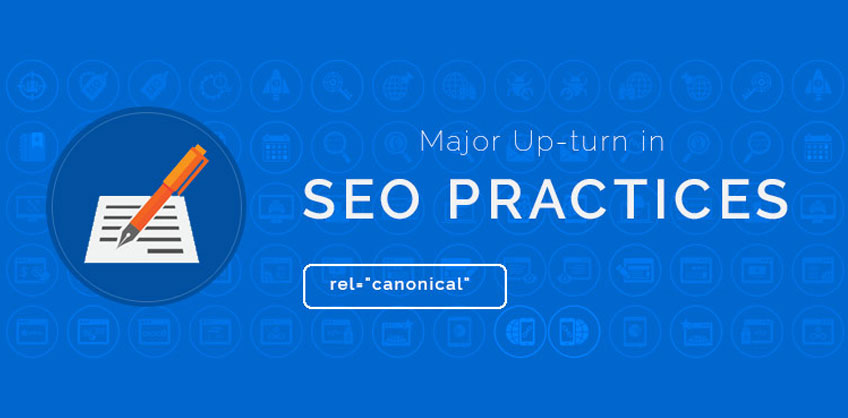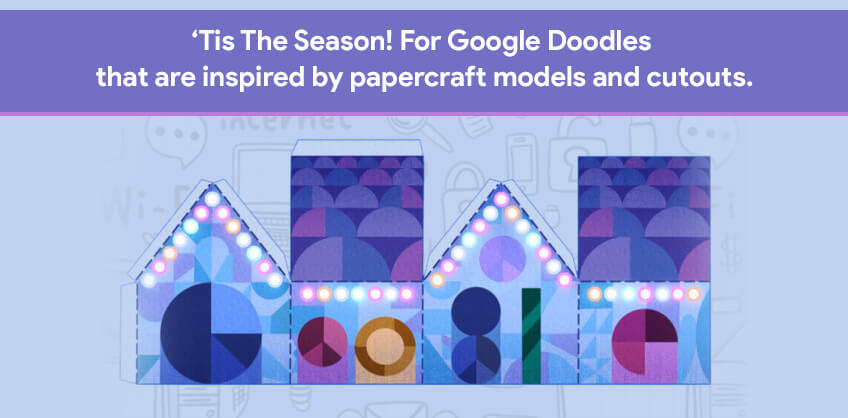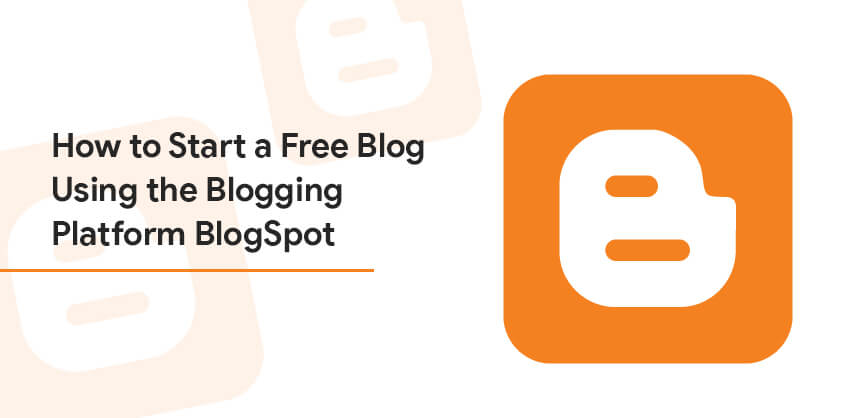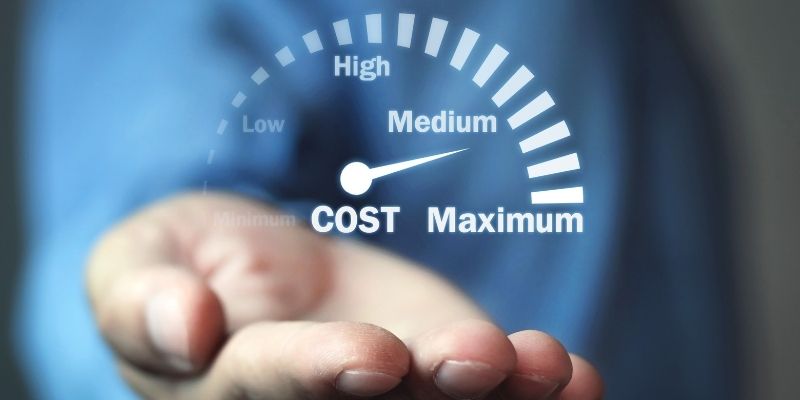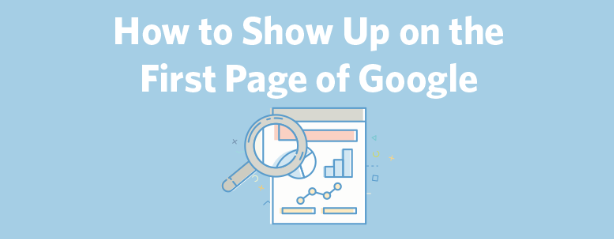March 23, 2017
When you share knowledge over internet about your business or any other entity, there might be a situation when you need to redirect website or a webpage to some other location. There are a lot of ways by which you can redirect a page from one location to another and each of them has its own advantages and disadvantages. However, the most common methods are using 301 redirects, 302 redirects and canonical tags. So, today we will share everything about these redirecting methods and also try to figure out which one is preferred by the SEO vendors these days.
What is a redirect?
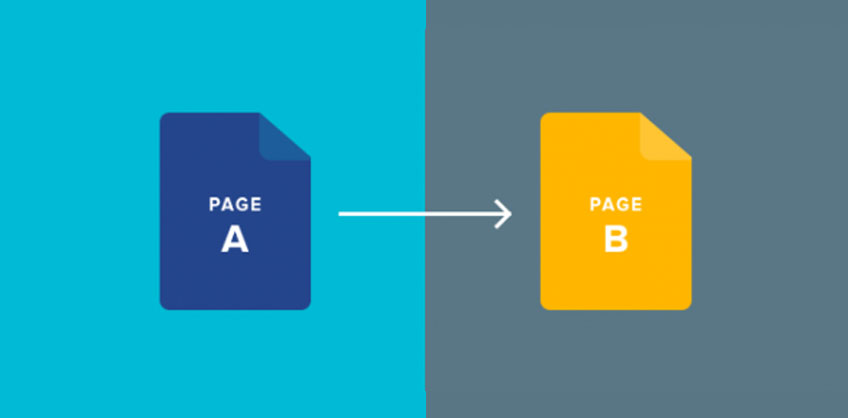
A redirect simply sends the visitor from the original URL to some other page or website. However, this is applicable for both the visitors and the search engines. Using redirects is a common practise these days. Let’s see why is it important?
What is the need to use redirects?
Here are the main reasons why using a redirect is important:
To solve content duplicacy issues: There is a possibility that there might be multiple versions of your domain name so you can use a 301 redirect on one of the versions so that the search engine will come to know the original source of information and would not take that as a content duplicacy issue.
In case you changed your website name: You need to set up a permanent redirect if you have changed your website name, so that the users do not get confused while searching for your website.
To direct traffic traffic: The most obvious use of redirects is in diverting traffic from one site to the other, generally owned by the same user. There are many other reasons for using a redirect in your website but these are the most common ones.
What is a 301 redirect?
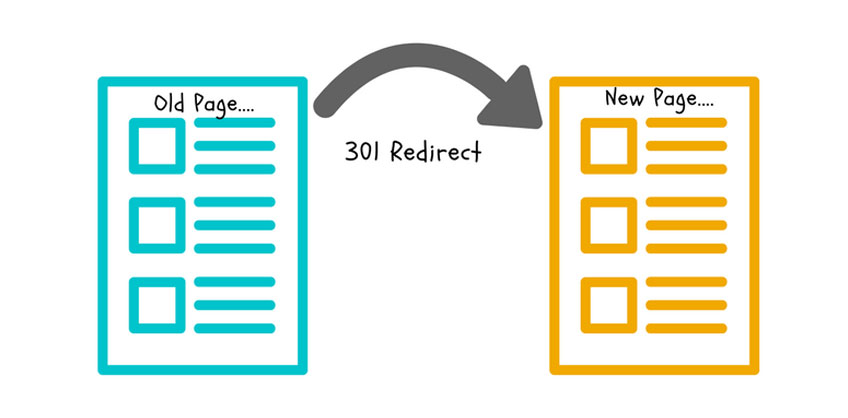
It is a permanent redirect which is basically used to state that the information now resides somewhere else. So, whenever you need to use a permanent redirect you must use a 301 redirect.
Advantages:
It plays an important role in helping out those visitors who have reached the wrong version of your domain. So, a not like “ now redirecting to www. “ redirects them to the correct location.
Anylink from 301 redirect do not lose its ranking power while the other non-301 redirect links might.
However, there was an assumption that there might be a loss of PageRank of about 15%, but that did not turned out to be true.
However, apart from these advantages there are few problems related with 301 redirect. Let’s have a look at them.
Problems related with 301 redirect:
This permanent redirect can cause problem in case the new location found is not relevant to the old one.
If you buy multiple irrelevant websites and pointing them all to your site then you might lose your present search rank.
Also make sure to keep all the elements of your page same apart from the URL.
Migrating a site to HTTPS is less likely to lose PageRank then before, but there are many others issues that can affect crawling and indexing, so do be careful.
So, these were the benefits and problems of using the 301 redirect.
What is a 302 redirect?
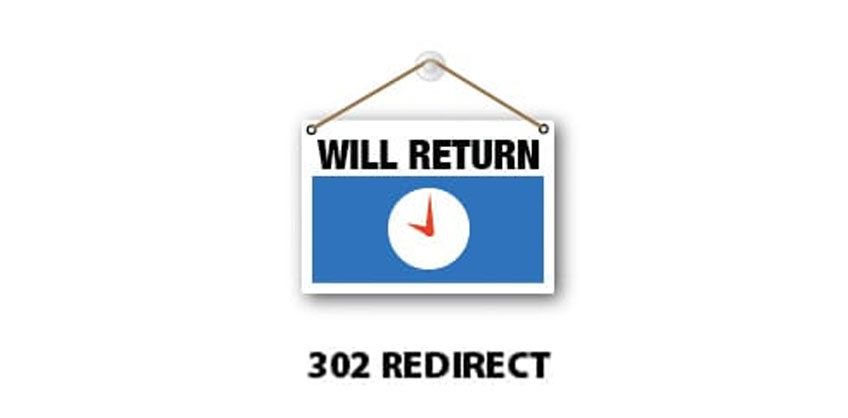
As stated above that 301 is used as a permanent redirect, there is another redirect that can be used for temporary purposes. This redirect is known as 302 redirect, it basically acknowledges the visitor’s request and informs them that the piece of information they are looking for is currently present somewhere else.
Google’s John Mueller has stated that Google does not penalize for 302 redirects, and the index will eventually treat a 302 as a 301 if it remains long enough.
What is a canonical tag?
The canonical tag is a tag that can be added to the HTML of any webpage. This tag is basically used to tell the search engine to index only a specific version when there are multiple versions of the same web page content.
When to use a canonical tag?
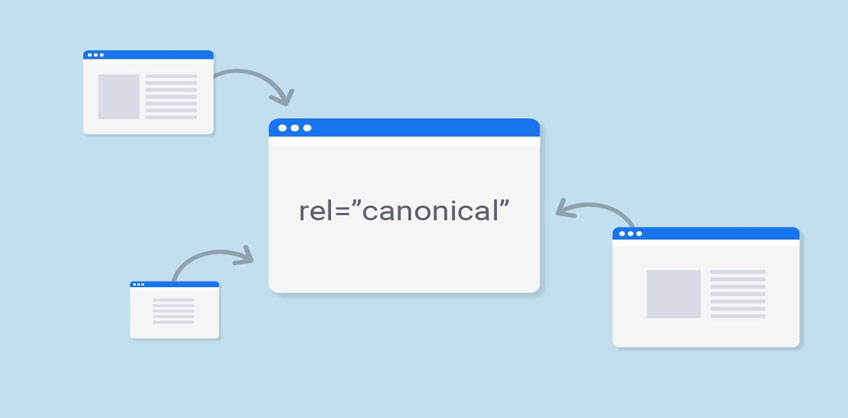
The main use of these canonical tags is during content syndication, i.e. when we try to publish our content on a third party website. These tags are basically useful if you are and upcoming writer and in search of a new audience.
If you have two (or more) pages both listing the same series of products. One lists them alphabetically and the other by price. They contain the same content, but have different URLs.
If you were to leave both pages alone, Google would index both, but pick which one it believes is the most relevant and could filter the page you actually want to be appearing in search results pages.
By placing rel=”canonical” on the alphabetical page telling the search engines that the price page is your preferred choice, you avoid all these issues.
The basic difference between 301 redirect and canonical tag:
When you use a canonical tag all versions of a piece of content are available for everyone, but they are not indexed and also they do not pass any ranking boost to the original article. While in case of a 301 redirect , the original page will no longer exist and any link authority is allowed to pass on. The rel=”canonical” attribute is often incorrectly used as a 301 substitute. Rather than physically sending users to a more recent or relevant page, rel=”canonical” is a signal that’s purely for the benefit of the search engines.
Problems associated with using canonical tags:

Though the search engine are assumed to pay close attention to the canonical tags but they are not obliged to do so and as a result you might still find your duplicated data is shown ahead of your preferred pages.
Another problem occurs when you have written a long post and decided to break it up into parts, but then you also used rel=”canonical” tag pointing back to the first page of the series.
So, this was all about popular redirecting methods used by the SEO providers all around the world. However, which method to use totally depends on your requirements.
More info: 10seos.com

Recent Posts
ARE YOU A LEADING SEO SERVICE PROVIDER?
Get listed in world's largest SEO directory today!
Directory listing counter is continuously increasing, be a part of it to gain the advantages, 9176 Companies are already listed.

